Vitpso Gel %1
Vitpso Gel %1, a topical medication, stands as a beacon of hope for individuals dealing with vitiligo, a skin condition characterized by depigmented patches. Belonging to the group of topical psoralens, this gel packs a powerful punch in the battle against vitiligo. At its core lies the active ingredient, 8-methoxypsoralen, also known as methoxsalen, a dermatological game-changer. Each gram of this transformative gel boasts 10 mg of 8-methoxypsoralen.
| Dosage form | |
|---|---|
| Pack size | |
| Potency | %0.1 50G |
| Manufacturer | |
| Origin | |
| Generic Name (Ingredient) | Within 1 Gram Of Gel: 8-Methoxyporal (Metoxaline) 1 Mg |
Assuming your emergency circumstances for this product, visit Urgent Quotation page. Besides, for any pharmaceutical questions, please ask us in the comments section.
Description
Indications
Vitpso Gel %1 finds its purpose in the treatment of vitiligo, offering a glimmer of optimism to those grappling with this skin condition. Acting as a local repigmenting agent, it plays a pivotal role in the restoration of skin color. When used in conjunction with controlled exposure to ultraviolet rays or sunlight, this therapy aids in increasing the pigmentation of vitiligo-affected areas, gradually harmonizing the skin’s appearance.
Ingredients
Vitpso Gel %1’s formula is a carefully crafted blend of essential elements:
- Active Ingredient: 8-methoxypsoralen (methoxsalen), a potent tricyclic furocoumarin.
- Excipients: The gel incorporates polyethylene glycol 400, propylene glycol, polyquaternium-10, ethanol, and purified water to ensure an effective and homogeneous formulation.
Before embarking on this treatment journey, it is imperative to seek guidance from a healthcare professional. They possess the expertise to provide comprehensive information tailored to your unique health history.
8-Methoxypsoralen
At the heart of Vitpso Gel %1 lies its active ingredient, 8-methoxypsoralen, or methoxsalen, a pharmacological marvel renowned for its efficacy in treating a spectrum of skin conditions. From psoriasis and eczema to vitiligo and certain cutaneous lymphomas, methoxsalen has proven its worth. It achieves this by modulating the skin cells’ response to UVA radiation, a key player in clearing skin diseases. Additionally, methoxsalen acts as a suicide inhibitor of CYP (cytochrome P-450), a group of enzymes involved in the body’s metabolic processes.
However, it’s essential to approach methoxsalen with caution, as its potent effects are matched by potential side effects. Therefore, the supervision of a healthcare professional is paramount when considering methoxsalen as part of your treatment regimen. Always consult with a healthcare professional for comprehensive insights, taking into account your specific health history.
The Essence of Vitpso Gel %1
Vitpso Gel %1 is a distinctive pharmaceutical creation, characterized by its subtle aroma, slightly yellowish hue, transparency, and homogeneous gel texture. Conveniently packaged in plastic tubes, each contains 50 g of this transformative gel.
Contraindications
While Vitpso Gel %1 offers a ray of hope to many, it is essential to recognize its limitations and contraindications. This medication should not be considered for use by individuals who fall into the following categories:
- Sensitivity to 8-methoxypsoralen (psoralen compounds) or any other components of Vitpso Gel %1.
- A history of melanoma-type skin cancer.
- Suffer from light sensitivity diseases such as porphyria, acute lupus erythematosus, or xeroderma pigmentosum.
- Children under the age of 12.
- Individuals with aphakia.
Important Note: The administration of this medication should be exclusively performed by a qualified medical professional, and patients should refrain from self-application.
In Conclusion
Vitpso Gel %1, with its key component 8-methoxypsoralen, shines as a beacon of hope for those grappling with vitiligo and related skin conditions. Its unique mechanism of action, when combined with professional guidance, can bring about transformative results. However, it’s crucial to heed contraindications and seek expert advice. The journey to healthier, more vibrant skin begins with informed decisions and the support of healthcare professionals.
Vital Information
| Aspect | Details |
|---|---|
| Active Ingredient | 8-methoxypsoralen (methoxsalen) |
| Indications | Treatment of vitiligo, skin repigmentation |
| Ingredients | 8-methoxypsoralen, polyethylene glycol 400, propylene glycol, polyquaternium-10, ethanol, purified water |
| Presentation | Slightly yellowish, transparent, homogeneous gel in 50g tubes |
| Contraindications | Sensitivity to 8-methoxypsoralen, history of melanoma-type skin cancer, light sensitivity diseases, children under 12, aphakia |
| Administration Note | Exclusively administered by a healthcare professional |
Use the form below to report an error
Please answer the questions as thoroughly and accurately as possible. Your answers will help us better understand what kind of mistakes happen, why and where they happen, and in the end the purpose is to build a better archive to guide researchers and professionals around the world.
The information on this page is not intended to be a substitute for professional medical advice, diagnosis, or treatment. always seek the advice for your physician or another qualified health provider with any questions you may have regarding a medical condition. Always remember to
- Ask your own doctor for medical advice.
- Names, brands, and dosage may differ between countries.
- When not feeling well, or experiencing side effects always contact your own doctor.
Cyberchondria
The truth is that when we’re sick, or worried about getting sick, the internet won’t help.
According to Wikipedia, cyberchondria is a mental disorder consisting in the desire to independently make a diagnosis based on the symptoms of diseases described on Internet sites.
Why you can't look for symptoms on the Internet
If diagnoses could be made simply from a textbook or an article on a website, we would all be doctors and treat ourselves. Nothing can replace the experience and knowledge of specially trained people. As in any field, in medicine there are unscrupulous specialists, differences of opinion, inaccurate diagnoses and incorrect test results.

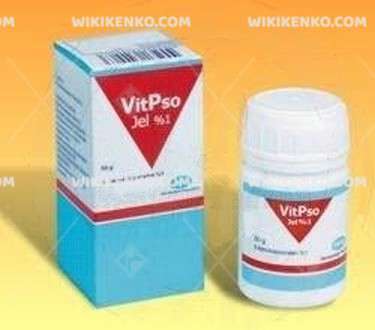
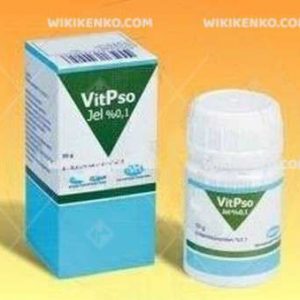
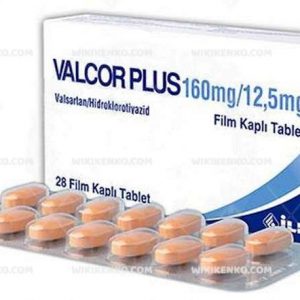
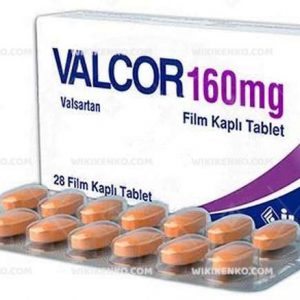

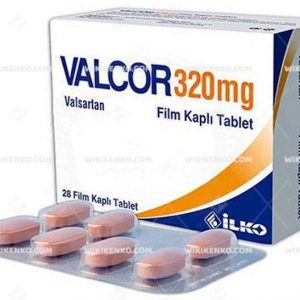
Reviews
There are no reviews yet.